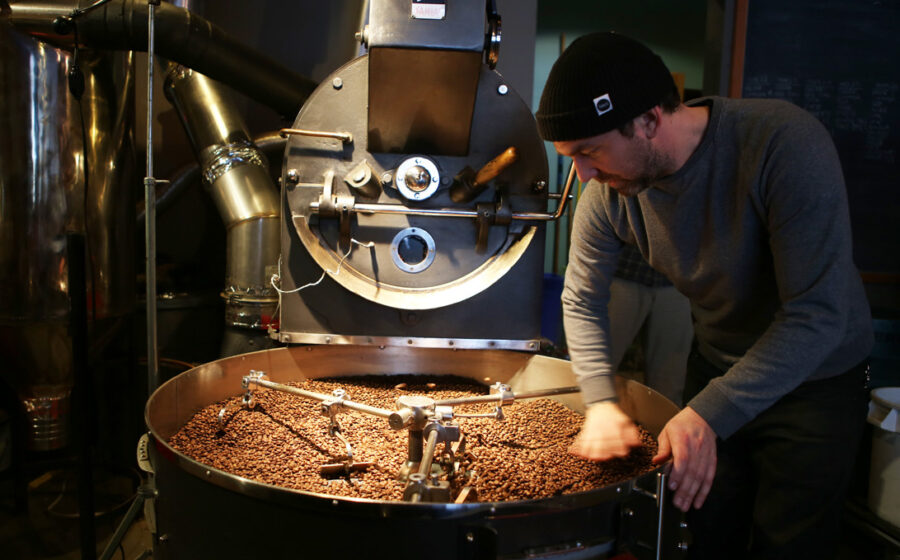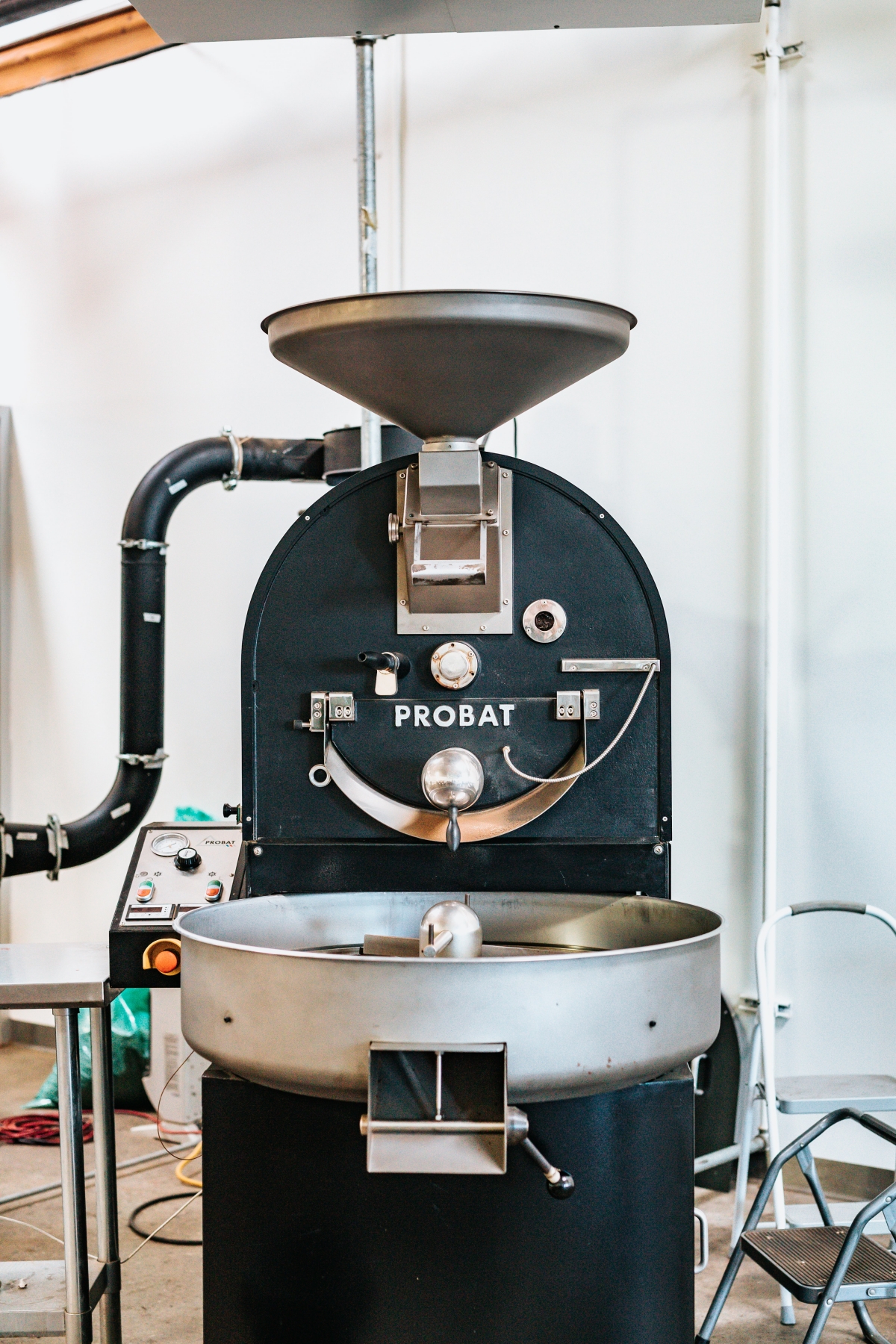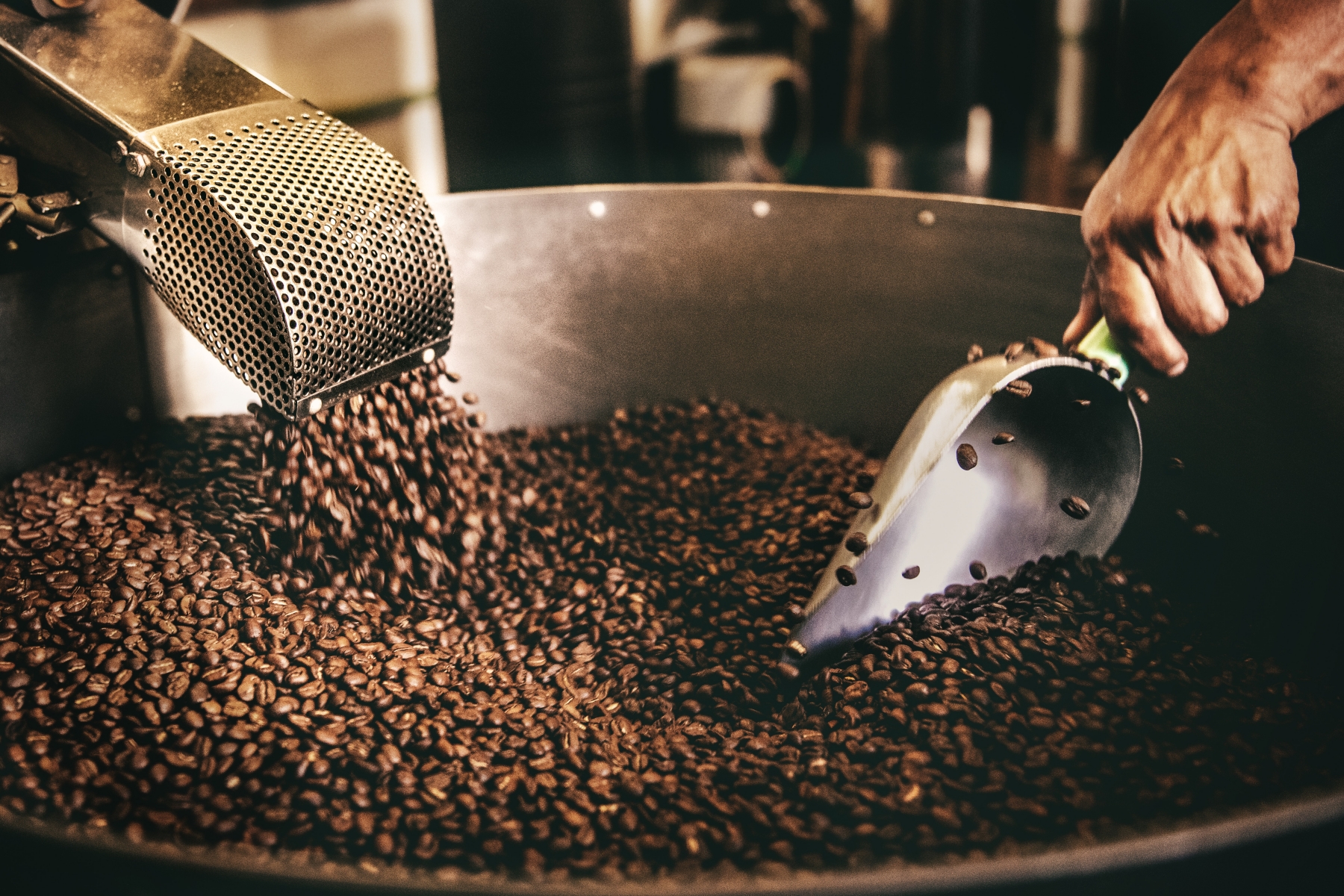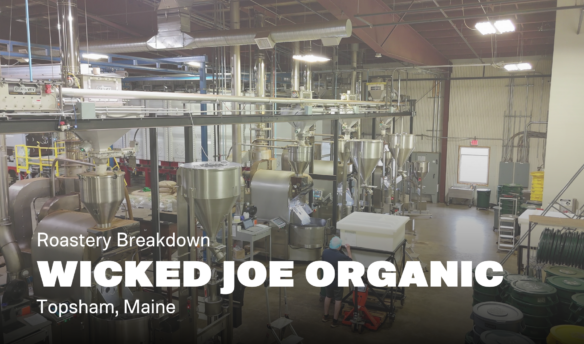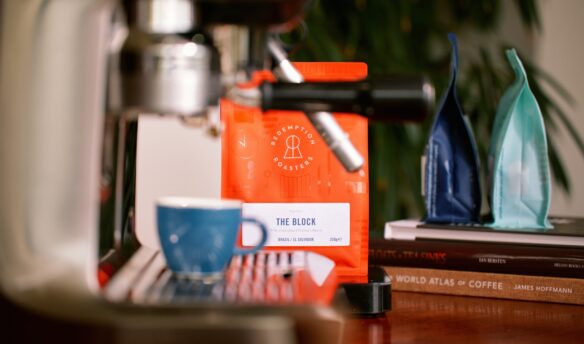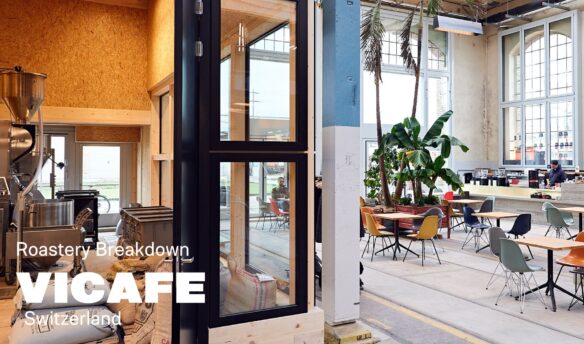History comes to us in spurts, in whiffs of the past. The heft of cast iron; the crumbling antique trier handle; pulleys, leather belts, and dusty gears.
Old roasters carry the mystique of a forgotten age, the patina of generations of artisans, and the weight of a legacy of coffee professionals in other parts and times of the world.
What’s Old Is Cool Again
Old, vintage roasters weren’t always cool. Twenty years ago, scores of these roasters just sat around in barns and garages, says Dan Jolliff, president of US Roaster Corp. No one would fix them, and no one wanted them.
The coffee industry has changed drastically in the past two decades. Demand for old roasters has skyrocketed, partially due to the publicity surrounding certain roasteries that have rebuilt vintage machines and partially due to a recognition of the quality and legacy of vintage roasters.
This can be a problem, says Jay Endres, director of Coffee Tec. “When people look for an old roaster that they can restore or fix up, they think they’ll get by cheaper—but it will cost more to rebuild an old classic than to buy a new cast iron roaster,” he says. “It doesn’t do much good to look for old classics because everybody else is looking.” Not only has demand exceeded supply (driving prices up), but ignorance can land the aspiring roaster in a mechanical hell.
Old roasters, like old cars, require constant maintenance. Many of the parts are no longer available, much of the technology is antiquated, and old (potentially over-used) parts will die sudden and drastic deaths at the worst moment possible. Endres says many people who contact him are looking for an old roaster so they can be cooler than the guy down the street.
“They don’t have the fortitude, the mechanical aptitude, to sustain the difficulties.” Still, if a roaster wants to bring a piece of coffee’s past to his business and is willing to put the time and money into rebuilding and then maintaining an old roaster, a vintage machine is perfect.
The Right Stuff
So, you’ve got the right motivation, and you’re ready to begin the long labor of love to rebuild and use an antique roaster: where do you start?
If you’re looking to purchase a vintage machine, bring along someone with serious mechanical aptitude, says Jolliff, and take lots of pictures you can share with a roaster tech who knows his stuff. Be prepared to take multiple trips to see the roaster, and plug it in to see which parts still turn—get a clear idea of the issues you’re buying and start the relationships early with people who will help you fix them.
“First thing I’d do is to inspect the outside to see if there are any cracks on the castings because if so, they’ll take some real talent to repair,” says Marty Curtis, founder and owner of Combustion Systems Sales & Service Inc.
“The next thing is to see if the machine has been modified,” he says. “If it has and you’re not a good mechanic, you might not want to buy it. Then, determine if this machine has any approvals—UL, FM, ATC, etc.—because once you move it from its current location, it will be much easier to install in your facility.”
It’s also vital to check critical pieces of the roaster, like making sure the drum isn’t warped. “Ask a lot of questions, take a lot of pictures, find out all you can,” says Jolliff. “Be aware that most of the electrics and gas on the old roasters no longer meet current specifications for cities, so you’ll probably have to make a new control system. You might need to replace motors, bearings, and rusted metals, add a chaff collector, etc. Make sure your builder can provide those parts and have a traceable process with what he did so you can replicate those steps.”
All our experts advised potential purchasers to do a lot of research. The year of the roaster can impact its value for modern artisans; for example, the Probat UG series (pre-1958) is desirable due to its complete cast iron construction and famous airflow style. But know why you’re buying vintage, and don’t shell out extra just for something worn.
“Assuming you’re looking for a cast iron vintage roaster, get a picture in your mind of a current model, and never spend money just because something’s vintage—but because it’s doing something a modern roaster won’t,” says Endres. “Remember that it almost doesn’t matter what you’re looking at because you can tear apart that vintage roaster and rebuild it the same as new.”
Think through every aspect of the process of restoring and installing your roaster. What are the air quality requirements in your planned facility? “Learn to play with the rules,” says Curtis. “New laws are always coming out, and you need to understand that many of these antique roasters, without a properly set up burner and combustion equipment, may not pass inspections.”
The issues and complications of rebuilding a vintage roaster can be daunting. Armed with knowledge and determination, an antique roaster can partake in history and modernity in one mesmerizing package.
This article was originally published on August 13, 2014, and has been updated to meet Fresh Cup’s current editorial standards.



